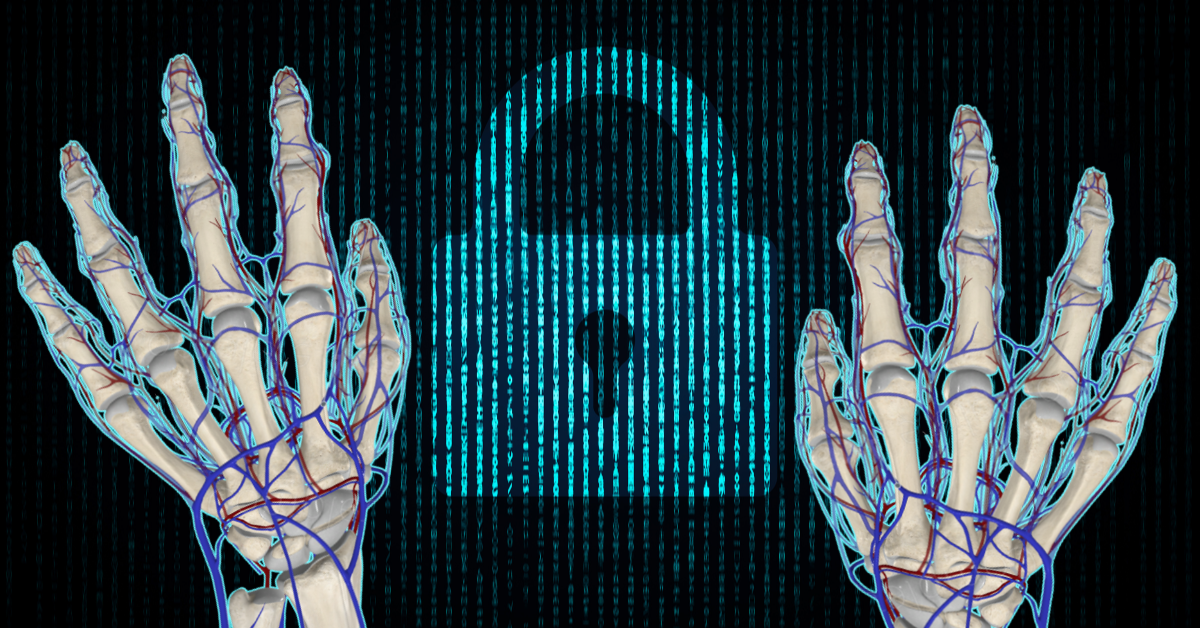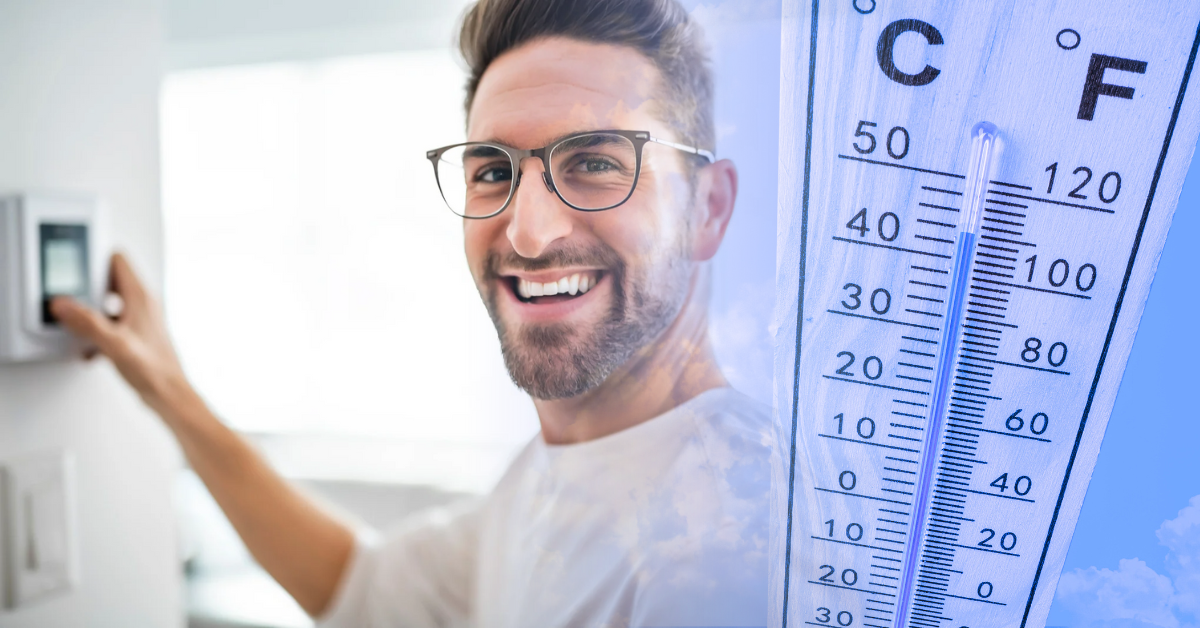Categories
Palm vein scanning continues to gain momentum as a premier biometric authentication method due to its unrivaled accuracy and inherent resistance to forgery. Unlike surface-level biometrics like fingerprints or facial features, palm vein scanning uses subcutaneous vascular patterns to validate identity. But what precisely makes these vein patterns so dependable over time?
This article unpacks the science behind vein pattern stability, discussing biological consistency, technological execution, real-world challenges, and how this biometric approach stands strong amid evolving security demands.

The consistency of vein patterns is rooted in how and when they are formed, as well as their protected location beneath the skin.
Vein pattern formation occurs in the womb and results in a highly individualized vascular structure.
A key contributor to vein pattern stability is the internal position of veins beneath the dermal layers.
Palm vein technology transforms these reliable biological patterns into secure digital identifiers through advanced imaging and algorithmic processing.
Using near-infrared (NIR) light, scanners detect the distinct vein structure by capturing how hemoglobin absorbs light beneath the skin.
NIR light at wavelengths of 760–850 nm can reach 3–5 mm below the skin, capturing intricate vein networks.
Software extracts features like bifurcations, path curvature, and intersection points to form encrypted biometric templates.
These systems typically achieve false acceptance rates below 0.00008%, demonstrating higher accuracy than many other biometric systems.
Palm vein authentication stands out among biometric methods due to several intrinsic strengths.
Non-contact scanning improves hygiene, minimizes device wear, and speeds up throughput.
Subdermal patterns cannot be photographed or duplicated easily, unlike fingerprints or facial features.
Palm vein recognition performs consistently in various environmental lighting conditions.
Despite their resilience, vein patterns and their readability can be affected by physiological changes or external scanning conditions.
Certain life events and medical issues can slightly alter the way veins are perceived by scanners.
Hardware and setting conditions can also affect palm vein system performance.
Palm Placement Errors: Misalignment can cause the scanner to miss key segments of the vein map.
Hardware Inconsistencies: Discrepancies in scanner models—such as variation in NIR output or sensor resolution—may affect accuracy.
Environmental Lighting: Bright ambient light can interfere with NIR sensing, while extreme cold or heat can reduce blood flow and visibility.

Environmental factors, like excessive ambient light or extreme temperatures, may also disrupt NIR imaging by affecting light penetration or sensor performance.
Capturing several images per session increases the likelihood of clean alignment and pattern recognition.
Machine learning adapts to natural changes in hand physiology, improving match rates.
Consistent NIR intensity and camera specifications reduce inter-device variability.
On-screen prompts help users align their palms properly for each scan.
Vein pattern stability gives this modality clear advantages over more common biometric systems.
While fingerprints can be degraded by physical labor or injury, palm vein scanning is not impacted by skin damage.
Facial geometry varies with lighting, emotion, or aging, whereas vein patterns are less dynamic.
Although highly accurate, iris scanning requires precise positioning, making palm vein scanning more user-friendly in some scenarios.
Thanks to its proven effectiveness, palm vein scanning is deployed across industries that demand stringent security protocols.
Current Use Cases
Future Developments
With its unparalleled combination of biological permanence and advanced technology, vein pattern stability underpins the growing success of palm vein scanning. Despite biological and technical hurdles, ongoing innovations continue to elevate accuracy, usability, and deployment scalability.
As security needs intensify across sectors, palm vein biometrics remain a trusted, privacy-respecting solution. Its resilient characteristics ensure that our unique vascular patterns will remain a critical part of verifying identity in a world moving rapidly toward digital trust.